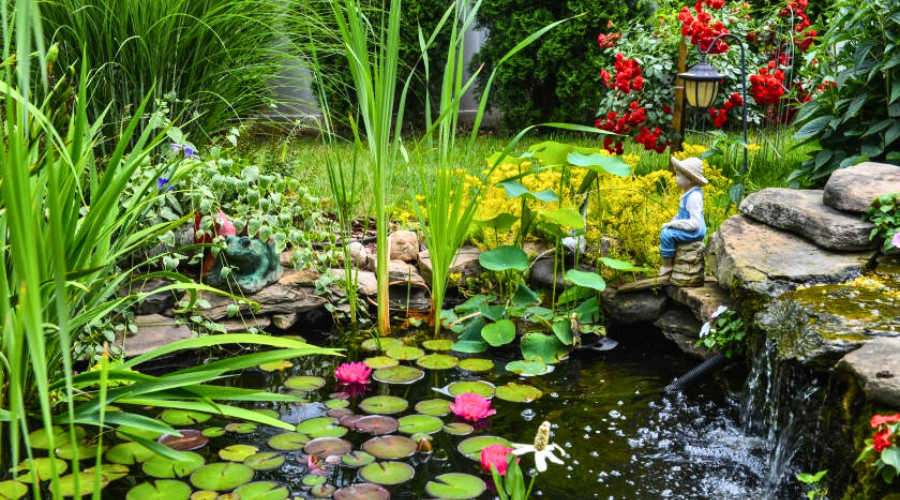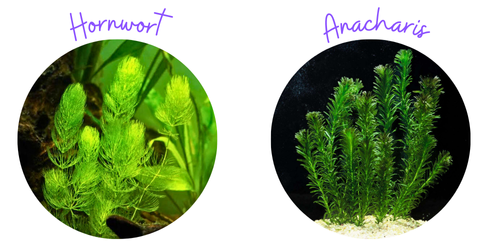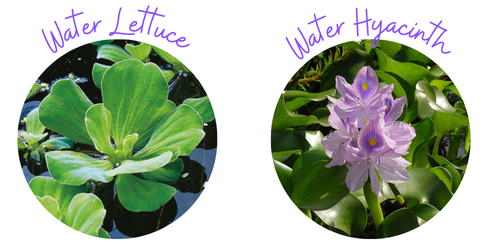
Creating a beautiful and thriving water garden involves more than just placing plants in water — it’s about understanding the roles each type of aquatic plant plays in maintaining a balanced pond ecosystem. Whether you’re a seasoned gardener or just starting out, understanding the different types of water plants and their roles can significantly enhance your pond’s health and beauty.
There are three main categories of aquatic plants: submerged, emergent, and floating. Each plays a vital role in maintaining water quality and supporting aquatic life. Incorporating a variety of these different types of plants not only enhances the visual appeal of your water garden but also plays a crucial role in maintaining its health. They are your allies in achieving a balanced and beautiful water garden. The key to a successful aquatic garden lies in understanding and harnessing the natural benefits of each type of aquatic plant.
Submerged Plants: Oxygenating Powerhouses
Submerged plants play a crucial role in maintaining water clarity and quality by oxygenating. They grow entirely underwater, with their leaves and stems providing habitats for aquatic organisms. These plants not only oxygenate the water but also absorb excess nutrients, helping to prevent algae overgrowth.
Examples include Anacharis (Egeria densa) a popular choice for its rapid growth and ability to absorb excess nutrients; and Hornwort (Ceratophyllum demersum) known for its bushy appearance and effective nutrient uptake.
Emergent Plants: Nature’s Filtration System
Emergent plants grow with their roots underwater but their stems and foliage above the water surface. They play a crucial role in providing habitat, shade, and filtration. Their upright growth adds vertical interest to your pond and offers shelter for fish and amphibians.
Popular choices for emergent pond plants include Water Lilies (Nymphaea spp.), famous for their beautiful blooms and large floating leaves that provide shade and habitat for aquatic creatures. Pickerel Weed (Pontederia cordata) features spikes of blue flowers above glossy green leaves and is ideal for shallow areas of the pond.
Floating Plants: Shade and Nutrient Control
Floating plants rest on the water’s surface without being anchored to the pond bed. They are excellent natural filters, shading the water and reducing sunlight penetration, which helps control algae growth. These plants are also prized for their ability to quickly cover the surface, reducing evaporation and providing hiding places for fish.
Water Hyacinth (Eichhornia crassipes) and Water Lettuce (Pistia stratiotes) are both popular choices. Water Hyacinths are admired for their exquisite colorful blooms and broad leaves, while Water Lettuce forms dense mats of bright green that provide shade and shelter for fish.
When selecting aquatic plants, consider the specific conditions of your pond—such as water depth, sunlight exposure, and desired aesthetic—and choose plants accordingly. With proper planning and maintenance, your aquatic garden will flourish, providing enjoyment for both you and the diverse aquatic life it supports.



